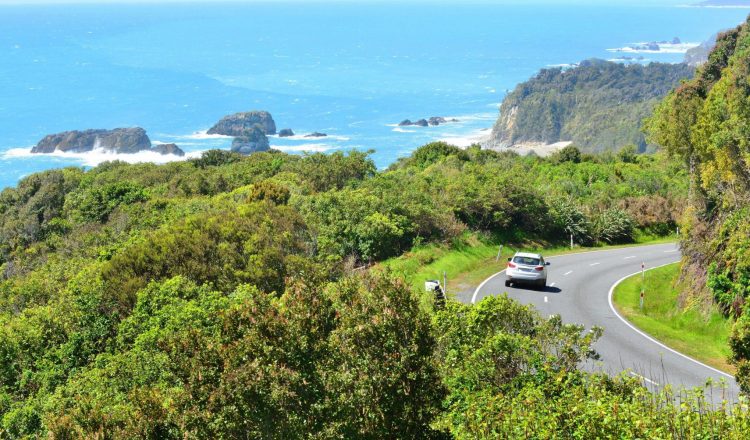음주 및 약물
술과 약물은 반응 시간을 늦추고 감각과 판단에 영향을 미침으로써 운전에 심각한 영향을 미칩니다. 음주운전은 뉴질랜드에서 교통 사고의 두 번째 사고 요인입니다.
책임 있는 운전자가 된다는 것은 혈중 알코올 허용치를 초과했거나 판단력을 떨어뜨릴 수 있는 약물을 섭취했을 때 절대 운전을 하지 않는다는 것을 의미합니다.
술과 약물의 영향
술 또는 약물에 취해 운전할 경우, 법적으로도 도의적으로도 자신과 다른 사람에게 사망과 같은 심각한 부상을 초래할 위험이 있습니다.
일단 알코올이 혈류로 흡수되면, 이는 뇌를 포함한 중요한 기관으로 들어갑니다. 그 결과 반응 속도가 느려지고 판단력과 시력이 저하되며 운전 능력이 저하됩니다. 약물도 비슷한 증상을 보입니다. 알코올과 약물 모두 피로의 위험을 증가시킬 수 있습니다.
호흡 1L당 250마이크로그램 또는 혈액 100ml당 50밀리그램(20세 이상 운전자의 현행 법적 제한)에서도 혈중 알코올 농도가 0인 운전자에 비해 교통 사고 발생 확률이 두 배 높습니다.
음주 또는 약물에 영향을 받는 운전 관련 교통사고가 지불해야하는 결과는 다음과 같습니다.
- 사망과 부상
- 정서적 고통
- 사회적 매장
- 장기적 금전 손실
- 법적 혐의 — 살인자에서 혈중 알콜 농도 초과 기소
- 처벌 — 징역, 면허 상실 또는 정지, 벌금 포함
- 보험 혜택 없음
운전은 맑은 정신으로
- 주량은 저마다 다르지만 법의 기준은 하나입니다. 20세 이상이면 법적 혈중 알코올 허용량은 100ml당 50mg 이하입니다.
- 20세 미만인 경우 혈중 알코올 농도는 0입니다. 잔에 입만 갖다 됐어도 안봐줍니다.
- 마음가짐: 술을 마실 계획이라면 운전은 하지 않을 계획입니다.
- 술이나 약물에 취한 사람은 제대로 된 판단을 못합니다. 이들의 결정에 따라나서지 마세요.
약물
복용 중인 약물이 운전 능력에 영향을 줄 수 있는지 의사나 약사에게 물어보세요. 약에 취해 운전하는 것은 불법입니다. 심지어 법적으로 처방된 약물도 마찬가지입니다.

















































